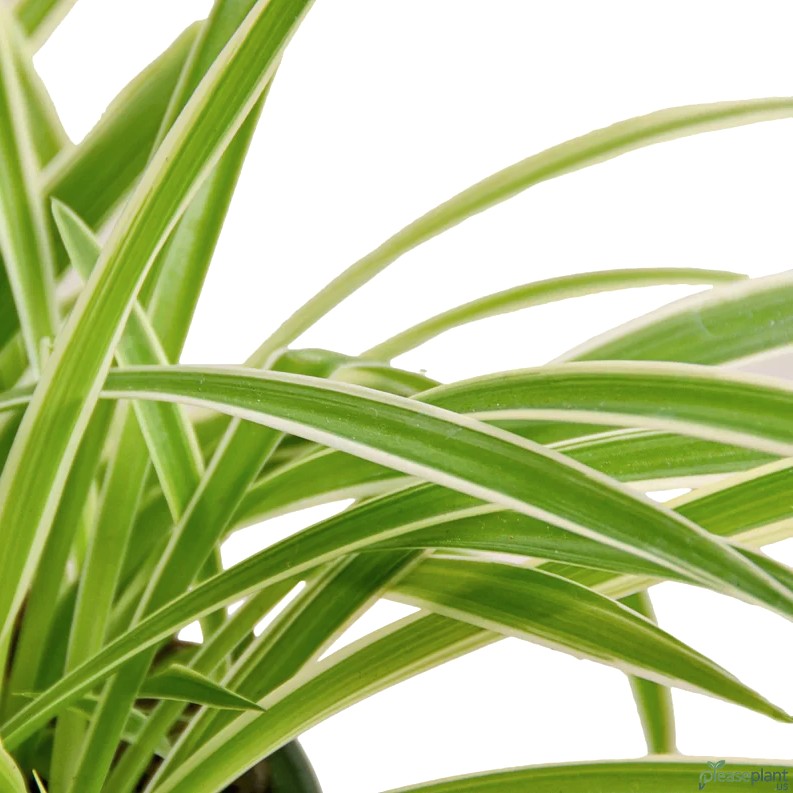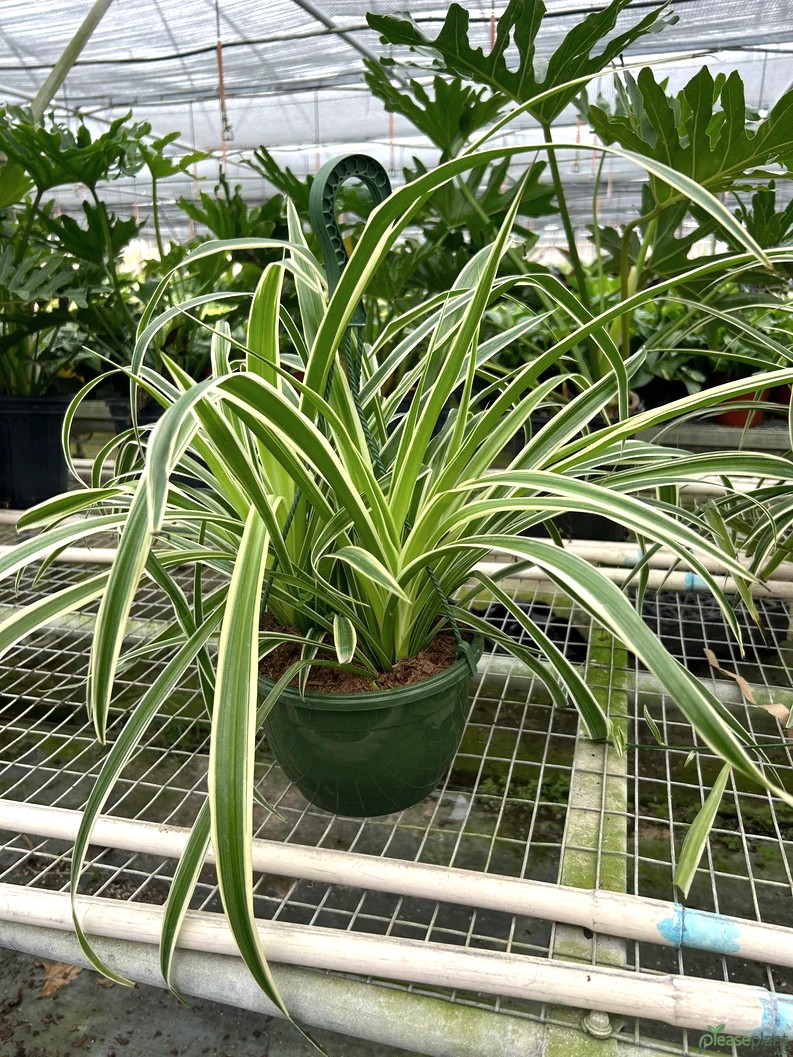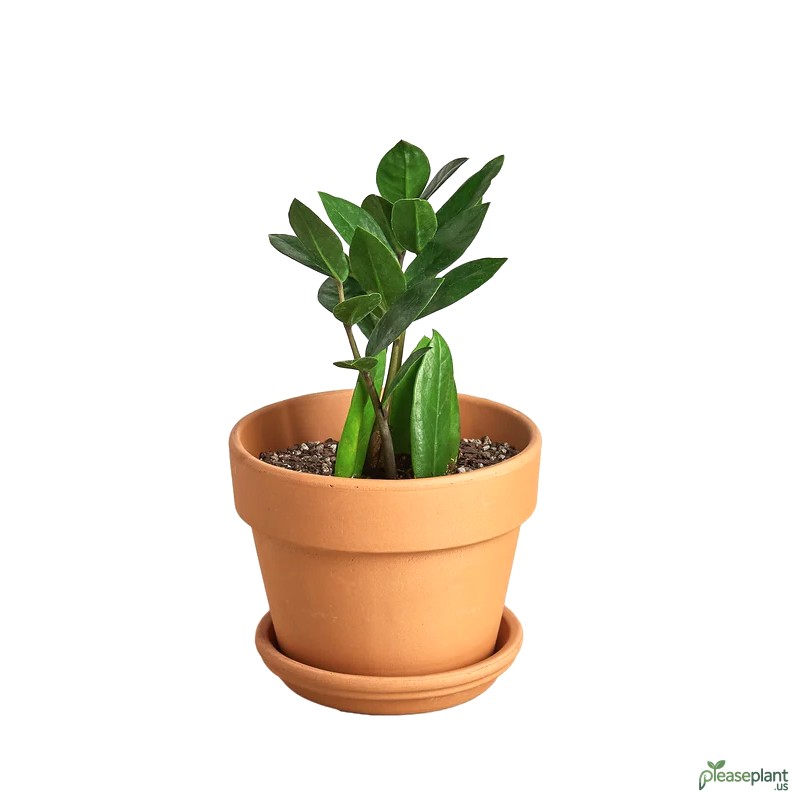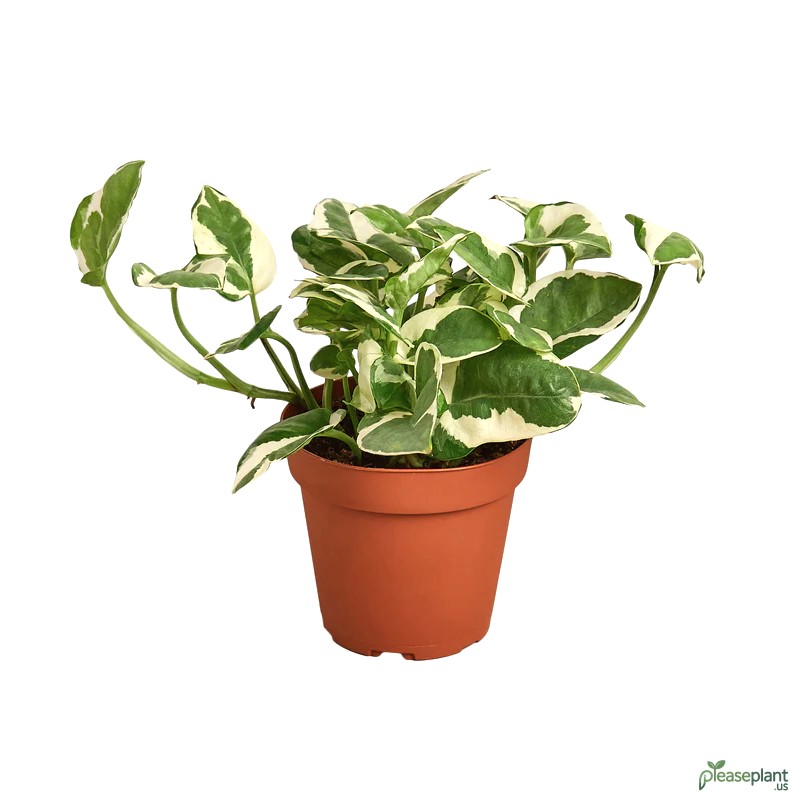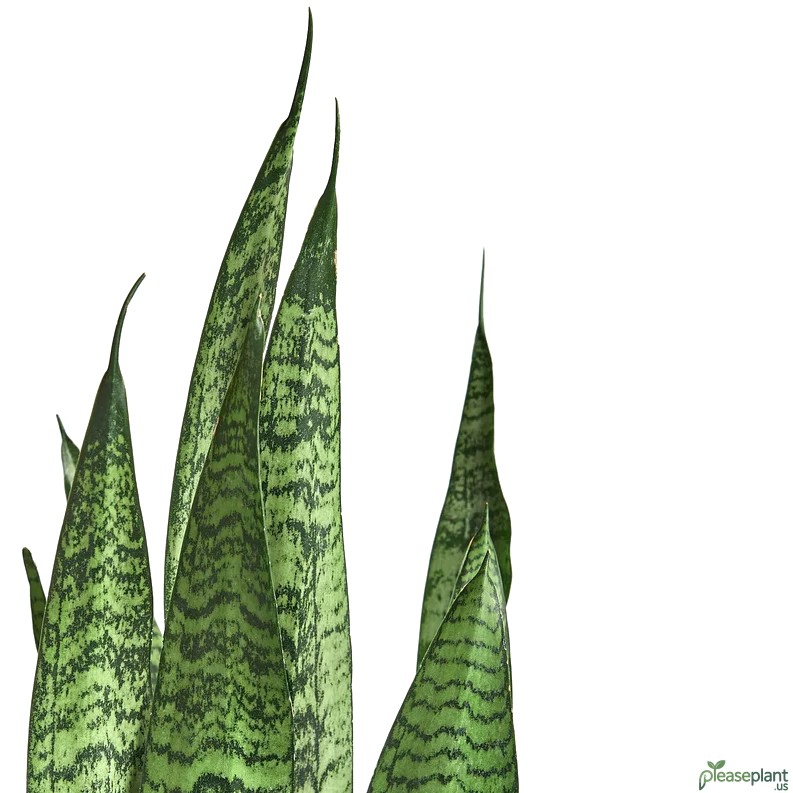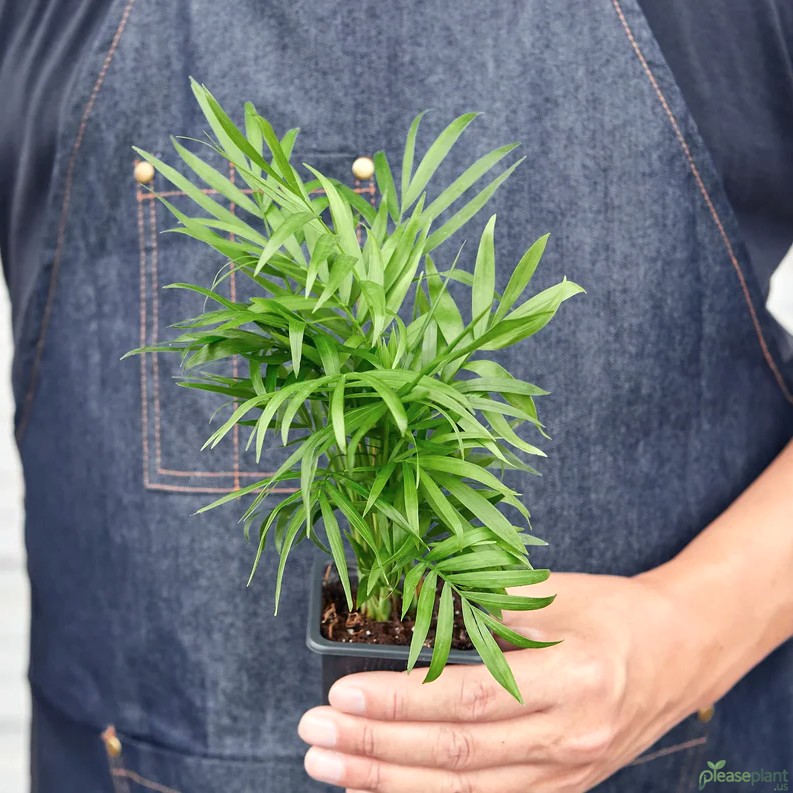So, you got yourself a Spider Plant Reverse and wondered how to keep it happy? Watering it right is more tricky than you think. Too much water, and it drowns; too little, and it gets all sad and crispy. From my years of messing around with these quirky plants, I've learned that moderation is the name of the game. Forget flooding the soil or letting it dry out like the Sahara desert. I'll share some real-deal advice on watering, what signs to watch for, and how to keep your reverse spider plant looking fresh and lively.
Let me tell you about the legendary watering dance
If you’ve ever owned a Spider Plant Reverse, you know it’s not your everyday green buddy. These plants are a bit like that friend who’s picky about their drinks — too much or too little, and they start pouting. Over-soaking is a classic rookie mistake. Believe me, I once flooded mine, thinking it’d love a spa day. Nope! The roots turned mushy, leaves drooped like they just lost their favorite show on TV. So yeah, don’t over-soak. They prefer the soil to dry out just a bit between drinks.
Why is overwatering such a sneaky villain?
Overwatering Spider Plant Reverse is like giving them a drowning party they never asked for. The roots suffocate without air, and that’s when the rot sets in. You’ll see yellowing leaves and a funky smell creeping up from the pot — a sure sign you’re overdoing it. On the flip side, underwatering makes the leaf tips turn brown and crispy, but that’s easier to fix. Just remember, these plants thrive when you let the top inch of soil dry before you water again.
How to find the perfect watering rhythm
Grab a finger, or better yet, a moisture meter if you’re fancy. Stick it in the soil about an inch deep. If it feels dry, water it well until it drains out the bottom, but don’t let it sit in a puddle. If it’s still moist, hold off. This dance might feel like a chore at first but trust me, you’ll get the hang of it. Also, these plants enjoy a mist now and then, especially in dry indoor air, but keep the leaves from staying wet for too long to avoid fungal drama.
The pot and soil game
A pot with good drainage holes is your best friend here. I once used a fancy ceramic pot without holes because it looked cool — big mistake. Water pooled at the bottom, and the roots threw a tantrum. Use a well-draining soil mix, usually something light and airy, so water doesn’t linger too long. That’s half the battle won right there.
Signs your Spider Plant Reverse is sending SOS
Droopy leaves, yellow tips, or a musty smell? Time to check your watering habits. Brown tips often scream "too much water," but sometimes it’s just the plant’s way of saying it wants a bit more humidity. If the leaves get floppy and soft, probably root rot from waterlogging. When in doubt, give it a break and let the soil dry properly before the next watering. It’s like giving your plant a chance to breathe and recover.
My top watering tip — slow and steady wins the race
Don’t rush to drown or desert your plant. Think of watering as a gentle conversation, not a battle. Over the years, I’ve found that a consistent, moderate watering schedule with attention to soil moisture beats random heavy watering every time. Your Spider Plant Reverse will thank you with lush, arching leaves and those charming reverse patterns that make it stand out.
Remember, the trick is not just how much water, but when and how. Get that right, and your spider plant will be the envy of all your green friends!

